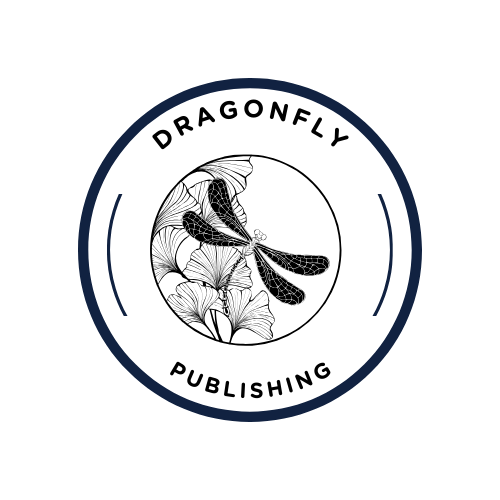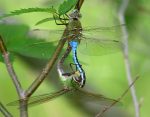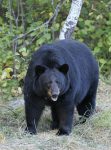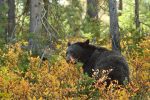I can’t believe how beautiful it is this time of year. We have had perfect weather, though warmer than usual. Last night when we were getting ready for bed, we smelled wildfires from up north. It is so dry I have had some green beans outside drying for a few days so I can freeze them and make shucky beans later in the fall. I’m really excited for the golden light of fall, for visits with family, but let’s not put life into fast-forward. I’m loving the now.
We’ve been doing quite a bit of hiking lately, from down in Mundy Park to Seymour Mountain and in-between. Skin browns from sun, and legs get more muscular. After a rugged hike we sit at a lodge on top of a mountain, sipping a cold beer. Along with this of course is taking photos. I have discovered this awesome app called INaturalist, which lets you add photos and help identify species. I am hooked on it! I’ve seen a painted turtle and many lily pads and dragonflies. It is good to see a painted turtle, which is native to the area, in the same park we noticed a lot of invasive red-ear slider turtles just a few years ago.






Speaking of dragonfly, it is my summer muse and the name of a couple of my projects: Dragonfly.eco and a new one, Dragonfly Publishing. I like the look of dragonflies, with their translucent wings refracting light here and there. They have two sets of wings and can fly in all different ways: hovering, up and down, even mating in the air, catching prey in their feet while flying, and they have 360-degree vision. Their aquatic larval stage can last up to a couple years, much longer than their weeks-long adult stage. They migrate south in the fall (with an 11,000 mile migration) and form swarms, and they are hard to catch. They don’t sting or bite people, and they have been around for 300 million years–one of the first winged insects to evolve. They live all over the world, and there are around 5,000 species. I mostly like them for their delicate beauty and interesting look, but they are amazing in other ways too.
There’s plenty of mythology on dragonflies as well.
To the Japanese, the dragonfly symbolizes summer and autumn and is admired and respected all over, so much so that the Samurai use it as a symbol of power, agility and best of all, victory. In China, people associate the dragonfly with prosperity, harmony and as a good luck charm. Amongst Native Americans, it is a sign of happiness, speed and purity. Purity because the dragonfly eats from the wind itself.”
“In European folklore, calling the dragonfly the witches’ animal and that Satan sent it on earth to cause chaos and confusion, to calling it, Ear Cutter, Devil’s Needle, Adderbolt and worst of all Horse Stinger, which soon spread Down Under when the British colonized Australia. The name Horse Stinger comes from the misinformed observation that horses that were kicking and stamping around usually had a few dragonflies hovering around them. Fact remains though, that the dragonflies could well have been helping the horse by eating some of the parasitic insects that were doing the actual ‘horse stinging’. People seeing it made the inference that it was the dragonfly, being big and obvious, stinging, rather than an unseen fly biting.
In Sweden, folklore suggests that we dragonflies come around to check for bad souls, to weigh souls to be more ‘accurate’, believed to sneak up to children who tell lies and also adults who curse and scold, to stitch up their eyes, mouth, and ears respectively. For a species of insects that have inhabited our planet for almost 300 million years, it is only natural perhaps that they have such a wide and varied perception amongst various civilizations.
What can one say, for a harmless insect that does not bite, does not sew snakes’ wounds, and definitely does not measure human souls for good and evil, there have been a wide variety of myths and mythology associated with the life and the existence of the dragonfly. One very striking aspect comes to mind. Change.
In many regions and as a norm of this day, the dragonfly is considered to be an agent of change and presumably symbolic of a sense of self realization. Self realization from how the dragonfly uses its power to control its movements and so elegantly. And change and evolution is all about the dragonfly’s ability to fly and the way it can be comfortable on water, land as well as the air.”
[Source:“The Meaning of a Dragonfly: What Does a Dragonfly Symbolize?” Dragonfly Site]
So, the dragonfly is my muse, something elegant and multi-talented, and long-surviving. I’ve always been so curious about the insect, even as a child, and would liken them, in my mind, to faeries.
Dragonfly Publishing is a new business I created recently. I have closed submissions to Moon Willow Press due to my own writing. I am revising Back to the Garden to be the first part in the Wild Mountain series and have two other novels slated for the trilogy. I have other projects I’m working on too, and needed a separate business entity in order to work with Ingram Spark. I don’t want to inundate my press for other authors with my own works, and, just as well, am happy to have a space just for my writings.
The featured image: Noniridescent structural blue occurs in the green darner, Anax junius; the female (below) lacks blue. Taken by Henry Hartley; Creative Commons.







